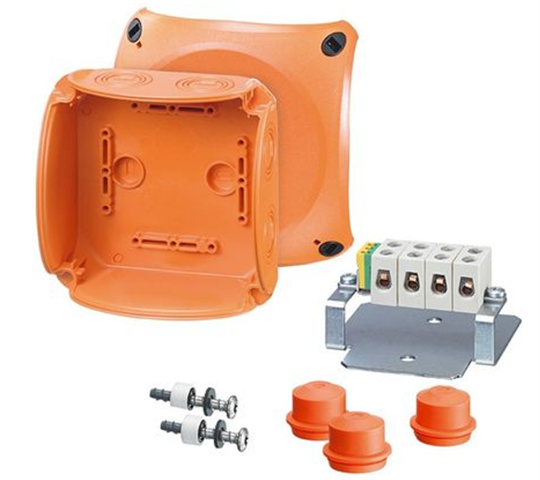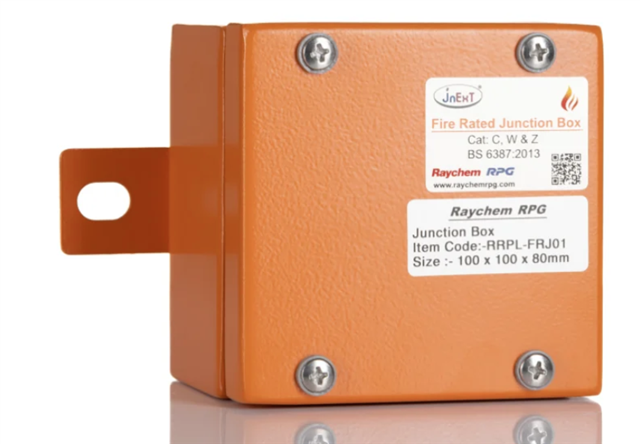I am not an expert but re fire alarm systems but I need to split my fire loop due to modular project requires that.
Once the whole project delivered on site everything will be connected back and stays for years.
I have come across conflicting opinions about this.
Some say that this has to be done by using fire resistant plastic JB with ceramic terminals whereas other says that it need to be steel box not plastic.
I have fount both of them plastic and SS JB and they both actually "fire resistant" so I am confused completely.



